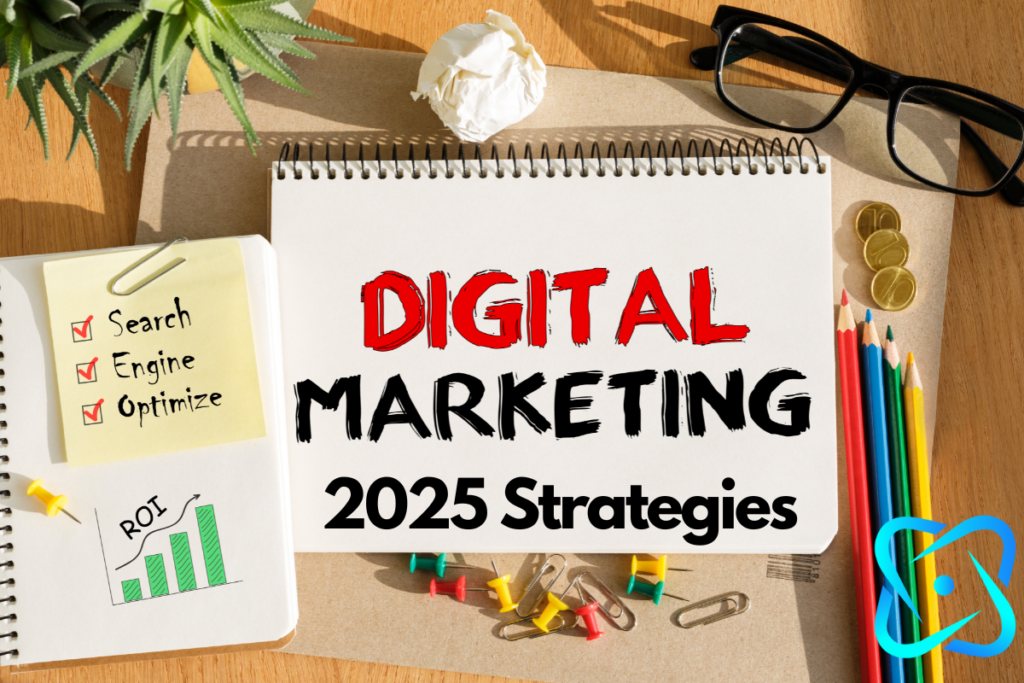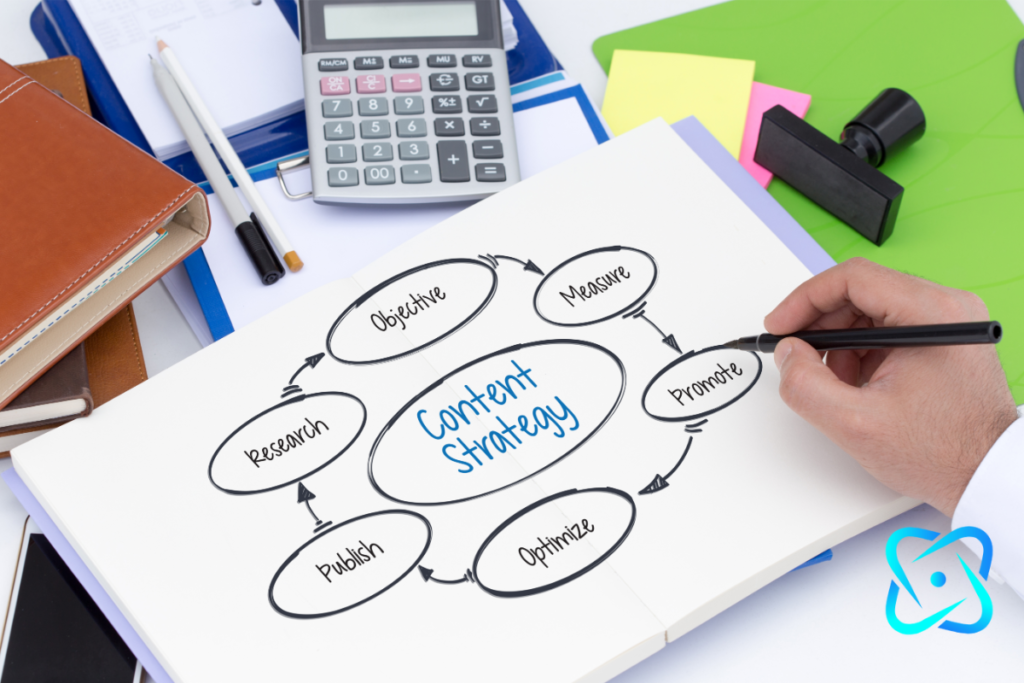Customer Journey Mapping: Tips for a Seamless Experience
In today’s competitive market, crafting a seamless customer journey is not just an option; it’s a necessity. Understanding your customers’ experiences from the first interaction to post-purchase is crucial for fostering loyalty and driving business growth. This journey is often visualized through a process known as customer journey mapping.
Customer journey mapping allows businesses to step into their customers’ shoes and understand their experiences from start to finish. According to a study by Salesforce, 80% of customers consider their experience with a company to be as important as its products. This statistic underscores the importance of enhancing customer journeys. In this blog post, we’ll explore practical tips to help you create a seamless experience through effective customer journey mapping.

What is Customer Journey Mapping?
Customer journey mapping is the process of creating a visual representation of the steps your customers go through when interacting with your company. This map includes all touchpoints, from discovering your brand to becoming a loyal customer. By mapping out these interactions, businesses can identify pain points, optimize processes, and enhance overall customer satisfaction.
The Importance of Customer Journey Mapping
The customer journey map serves as a diagnostic tool. It helps companies understand the various stages of customer interaction and identify gaps that could lead to customer dissatisfaction. A well-designed journey map can guide strategic decisions, improve customer retention, and ultimately increase revenue.
Steps to Create an Effective Customer Journey Map
Creating a customer journey map requires careful planning and execution. Follow these steps to ensure a comprehensive and actionable map:
1. Define Your Objectives
Defining your objectives is akin to setting the coordinates for your customer journey mapping. Are you aiming to enhance a specific stage of the customer experience? Perhaps your goal is to reduce customer churn by identifying pain points that cause dissatisfaction. Or maybe you’re focused on increasing engagement by creating a more seamless and enjoyable experience. Whatever your aim, having these objectives in mind will not only guide the mapping process but also ensure it aligns with your broader business goals.
Steps to Defining Your Objectives
Prioritize Objectives: Not all objectives can be tackled at once. Prioritize based on impact and feasibility. Which objectives will bring the most significant benefits? Which are achievable in the short term?
Identify Key Areas for Improvement: Start by analyzing your current customer journey. Where do you see room for improvement? It could be anything from the onboarding process to post-purchase support. This initial analysis will help you pinpoint stages that require attention.
Set Clear, Measurable Goals: Once you’ve identified areas for improvement, set goals that are specific and measurable. For instance, instead of a vague goal like “improve customer satisfaction,” aim for “increase customer satisfaction scores by 15% within six months.”
Align with Business Goals: Ensure that your objectives are in sync with your overall business strategy. If your business is focusing on expanding market share, your customer journey objectives might focus on enhancing the experience for new customers.
Engage Stakeholders: Involve key stakeholders from different departments in defining these objectives. This collaborative approach ensures that the objectives are comprehensive and have buy-in from those who will be involved in implementing changes.

2. Identify Customer Personas
Customer personas are semi-fictional representations of your ideal customers based on market research and real data about your existing customers. These personas go beyond basic demographics and delve into the needs, pain points, and behaviors of your audience. By crafting detailed personas, you can tailor your marketing strategies to meet the specific needs of different customer segments.
Why Are Customer Personas Important?
According to a study by HubSpot, businesses that utilize buyer personas effectively experience a 73% higher conversion rate. This impressive statistic underscores the power of understanding your audience on a deeper level. Personas help you:
- Target Marketing Efforts: By knowing exactly who you’re speaking to, you can create more effective marketing messages that resonate with your audience.
- Improve Product Development: Understanding customer needs and pain points can guide you in developing products or services that directly address these issues.
- Enhance Customer Experience: By identifying preferred communication channels, you can engage with your audience where they are most comfortable, leading to a better customer experience.
How to Create Customer Personas
Use Personas in Decision Making: Integrate your personas into every step of your marketing strategy. Consider them when creating content, planning campaigns, and even when designing products.
Gather Data: Start by collecting data from various sources such as customer interviews, surveys, social media, and analytics tools. Look for patterns in demographics, behaviors, and preferences.
Identify Key Characteristics: Break down your audience into segments based on shared characteristics. These could include age, gender, job role, location, interests, and challenges.
Develop Detailed Profiles: Create profiles for each persona that include a name, age, occupation, interests, challenges, and preferred communication channels. The more detailed, the better.
3. List All Touchpoints
Touchpoints are any interaction a customer has with your brand, whether online or offline. These interactions contribute to the overall customer experience and play a pivotal role in shaping their perception of your brand which is an integral part of the customer journey mapping.

The Importance of Mapping Customer Touchpoints
By identifying all touchpoints, you can ensure consistency across various channels, improve customer satisfaction, and ultimately increase conversions. A comprehensive understanding of these interactions allows you to streamline processes, personalize customer experiences, and address potential pain points effectively.
List All Touchpoints: A Holistic Approach
When identifying touchpoints, it’s crucial to consider both online and offline interactions. Here’s a breakdown of potential touchpoints you should consider:
Online Touchpoints:
- Website Visits: Your website is often the first point of contact. Ensure it is user-friendly, informative, and optimized for search engines.
- Social Media Engagement: Platforms like Facebook, Instagram, Twitter, and LinkedIn are vital for customer interaction. Regularly monitor and engage with your audience to build strong relationships.
- Email Campaigns: From newsletters to promotional emails, ensure your communications are relevant, timely, and personalized.
- Online Advertising: Pay-per-click ads, social media ads, and display ads can drive traffic to your site. Track performance to optimize your strategies.
Offline Touchpoints:
- Physical Stores: Your brick-and-mortar locations should offer a welcoming and efficient shopping experience. Train staff to provide exceptional customer service.
- Customer Service: Whether via phone or in-person, ensure your customer service team is knowledgeable and empathetic.
- Events and Sponsorships: Participating in or hosting events can be a powerful touchpoint for brand exposure and customer interaction.
- Traditional Advertising: Don’t overlook TV, radio, or print ads. They still play a role in reaching certain demographics.
How to Optimize Each Touchpoint
- Consistency is Key: Ensure messaging and branding are consistent across all channels.
- Personalize Interactions: Use data analytics to tailor experiences to individual customer preferences.
- Gather Feedback: Regularly seek customer feedback to identify areas for improvement.
- Monitor Performance: Use tools like Google Analytics to track the effectiveness of your touchpoints.
The Benefits of a Well-Mapped Touchpoint Strategy
By thoroughly mapping and optimizing each customer touchpoint, you’ll not only enhance customer satisfaction but also foster brand loyalty and increase sales. A seamless, consistent experience across all interactions can set your brand apart from the competition.
Conclusion: Embrace a Customer-Centric Approach
In today’s competitive market, understanding and optimizing customer touchpoints is no longer optional—it’s essential. By taking a customer-centric approach, you can ensure that every interaction adds value, builds trust, and strengthens your brand’s reputation.
4. Map the Current Journey
With your customer personas and touchpoints in hand, start mapping the current customer journey. Document each stage, from awareness to purchase and beyond. Use customer feedback and analytics to validate your findings.

According to a report by McKinsey, companies that successfully map customer journeys see a 15-20% increase in customer satisfaction. This improvement stems from the ability to anticipate customer needs, streamline processes, and personalize experiences. By understanding the customer journey, you can align your strategies to meet expectations and foster loyalty.
5. Identify Pain Points and Opportunities
A pain point is essentially any problem that a customer encounters while interacting with your brand. These can manifest in various forms such as complicated navigation, slow loading times, or even poor customer service. Recognizing these pain points is the first step in transforming them into opportunities for growth.
Analyze the current journey to identify those pain points and areas for improvement. Look for stages where customers drop off or express dissatisfaction. Similarly, identify opportunities to enhance the experience, such as streamlining checkout processes or improving customer support.
6. Design the Ideal Journey
With insights from the current map, design the ideal customer journey with the focus of eliminating pain points and seizing opportunities for enhancement.
While improving the customer journey, it’s crucial to ensure these enhancements align with your business objectives. Here’s how you can do it:
- Focus on Key Metrics: Determine which key performance indicators (KPIs) are most important for your business. Whether it’s increasing customer retention, boosting sales, or enhancing brand reputation, your strategy should be designed to improve these metrics.
- Identify Business Goals: Clearly define what you want to achieve with the new customer journey. This could involve expanding into new markets, launching new products, or increasing customer satisfaction rates.
- Ensure Consistency: Maintain a consistent brand message across all customer touchpoints. This consistency builds trust and reinforces your brand identity.
7. Implement Changes and Monitor Results
Implement the changes needed to achieve the ideal journey. This may involve updating processes, training staff, or investing in new technology. After implementation, monitor the results closely and gather customer feedback to ensure the changes are effective.
Actionable Tips for a Seamless Customer Experience
Beyond mapping the journey, here are some actionable tips to enhance customer experience:
Personalization
According to Epsilon, 80% of consumers are more likely to make a purchase when brands offer personalized experiences. Use data insights to tailor communications and offers to individual customer preferences.
Omnichannel Presence
Ensure a consistent experience across all channels. Whether customers are interacting with your brand online, in-store, or via mobile, provide a unified experience that meets their expectations.
Proactive Customer Support
Anticipate customer needs and offer support before issues arise. Implement chatbots or live chat on your website to provide instant assistance and reduce friction.
Continuous Feedback Loop
Establish a feedback loop to gather customer insights regularly. Use surveys, reviews, and direct communication to understand customer sentiments and make necessary adjustments.

Conclusion
Customer journey mapping is a powerful tool that can transform how businesses interact with their customers. By understanding and optimizing every touchpoint, companies can create seamless experiences that foster loyalty and drive growth. Implementing the tips outlined in this post will not only enhance your customer journey maps but also pave the way for long-term success. Remember, the key to customer journey mapping is continuous improvement—keep adapting to meet the evolving needs of your customers.
Embark on your customer journey mapping today and watch as your customer satisfaction and business performance reach new heights.



